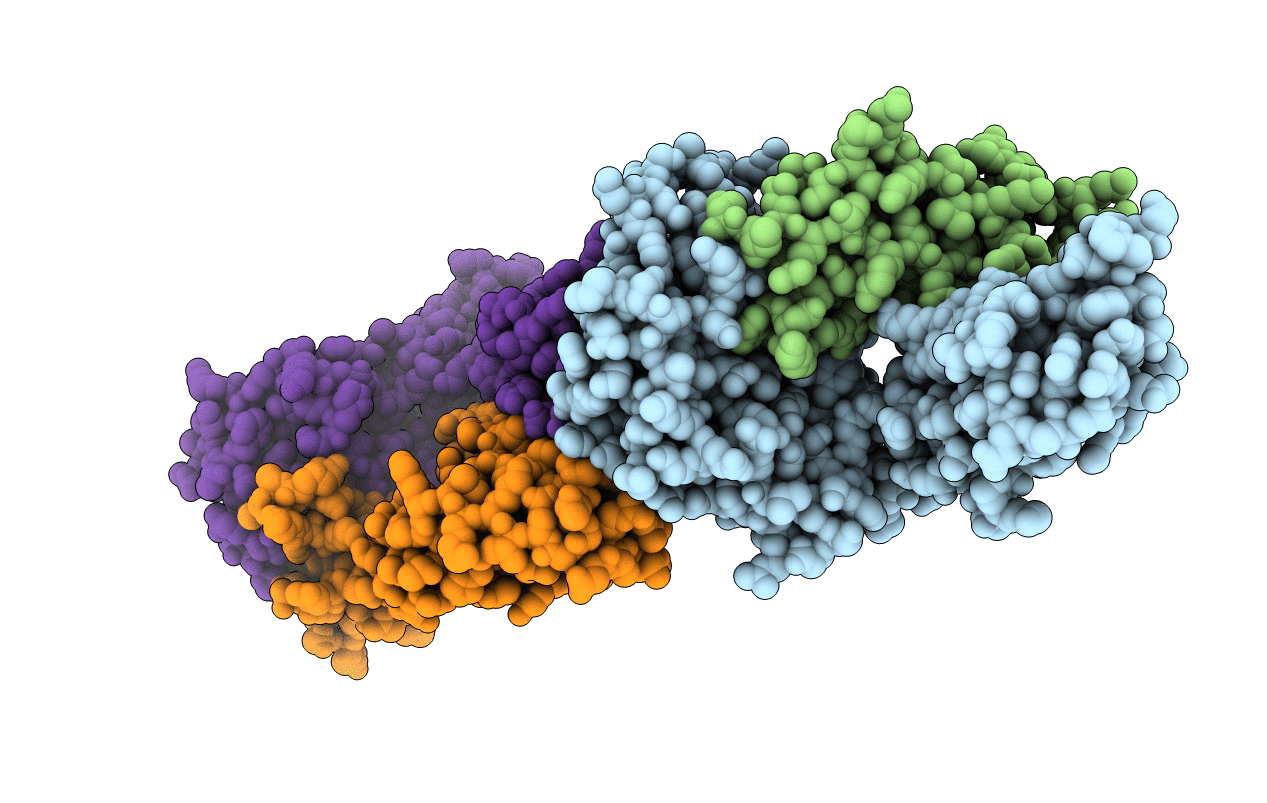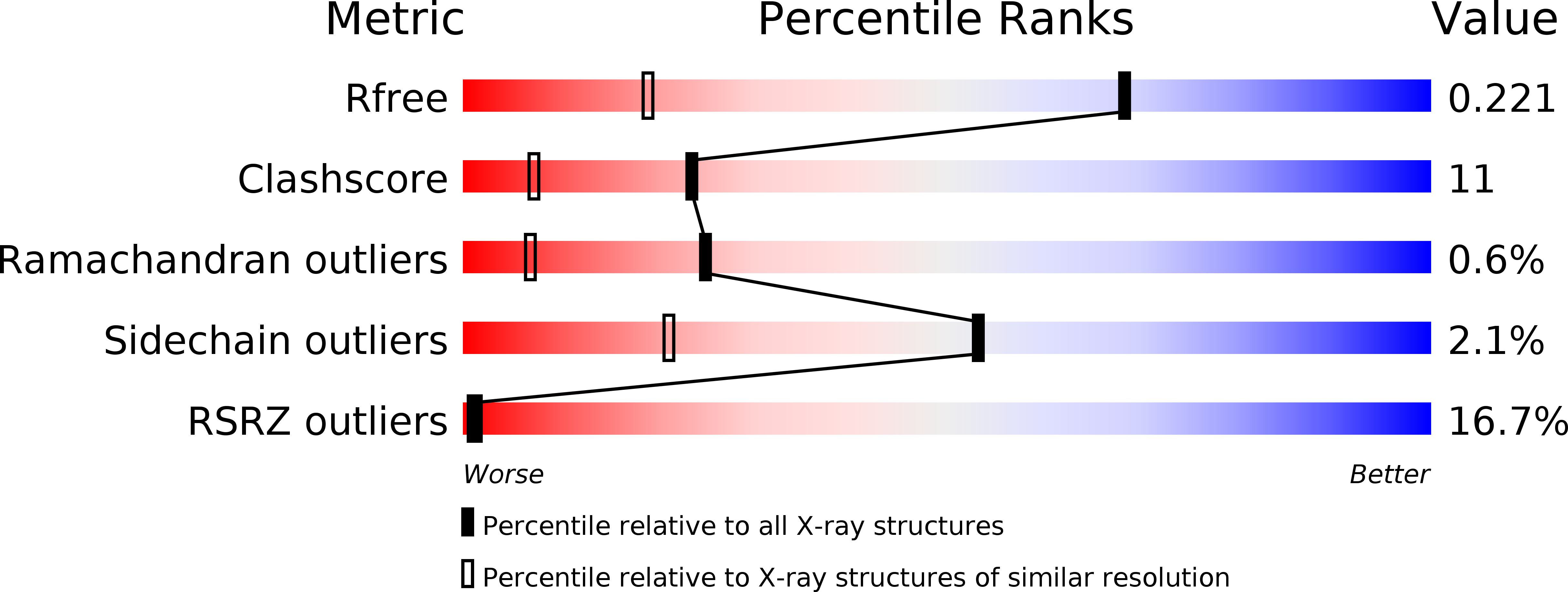
Deposition Date
2003-04-28
Release Date
2003-06-19
Last Version Date
2024-11-06
Entry Detail
PDB ID:
1OGA
Keywords:
Title:
A structural basis for immunodominant human T-cell receptor recognition.
Biological Source:
Source Organism:
HOMO SAPIENS (Taxon ID: 9606)
Host Organism:
Method Details:
Experimental Method:
Resolution:
1.40 Å
R-Value Free:
0.23
R-Value Work:
0.21
R-Value Observed:
0.21
Space Group:
P 1 21 1


